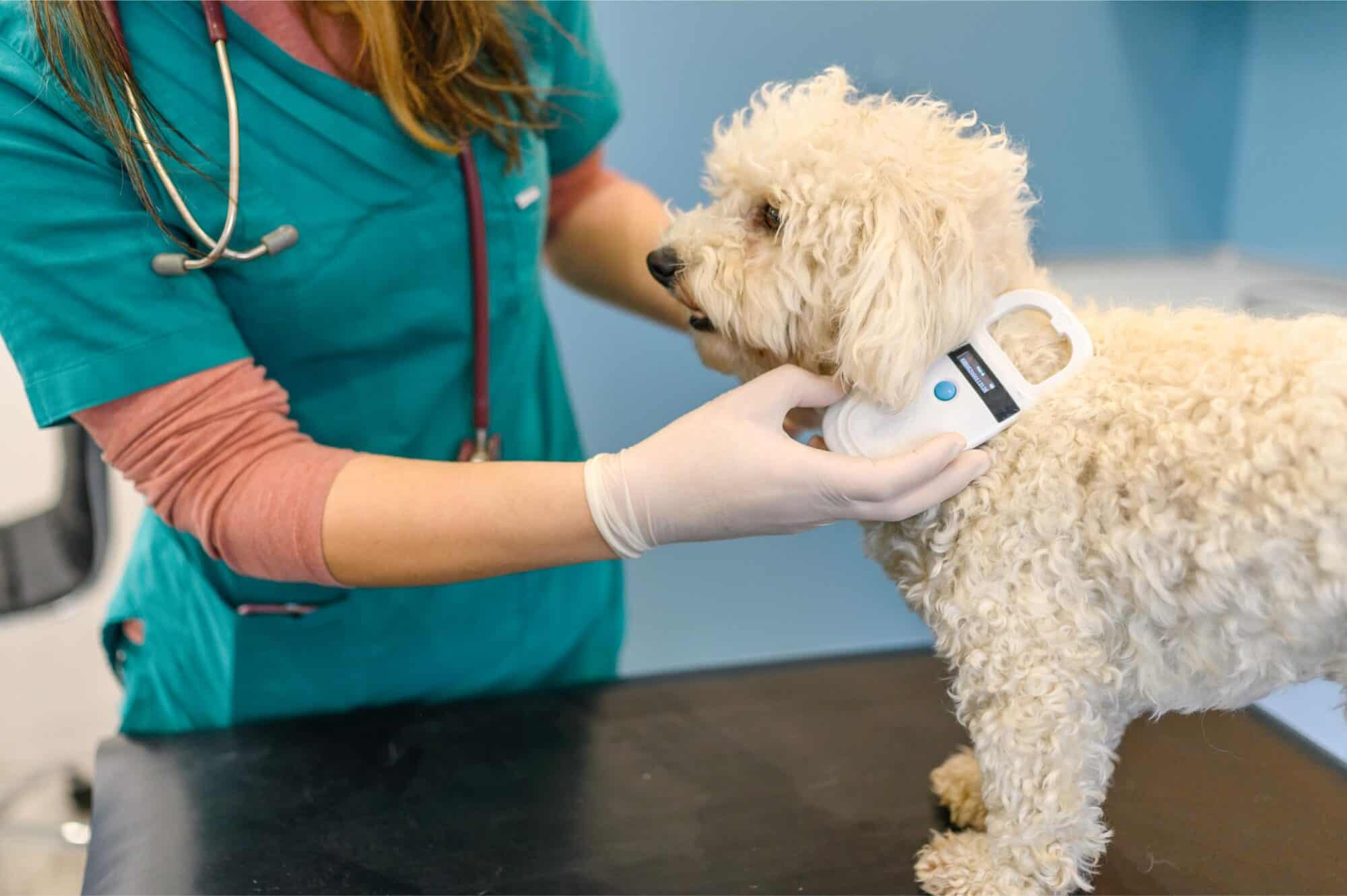
Every July, National Lost Pet Prevention Month reminds pet parents just how easy it is for our furry companions to slip away—and how important it is to plan ahead. At Kestrel Veterinary Hospital in Edmonds, WA, we believe the best way to prepare for the unexpected is with a tiny tool that makes a huge impact: the microchip. Whether you’ve got a curious cat or an adventurous dog, microchipping is one of the most reliable ways to bring lost pets home safe and sound.
Let’s explore why microchipping matters, how it works, and why now is the perfect time to make sure your pet is protected.
Why Should I Microchip My Pet?
Even the most responsible pet owners can panic if their pet suddenly goes missing. Collars and tags are helpful, but they can fall off, get snagged on fences, or be removed. A microchip, on the other hand, stays with your pet for life.
Here’s why microchipping is a smart move:
- Permanent ID: Microchips are placed under the skin and don’t wear out or fall off.
- Quick Scanning: Animal shelters and vet clinics routinely scan lost pets for microchips.
- Increased Return Rate: Studies show that microchipped dogs are more than twice as likely to be reunited with their owners. For cats, the odds are even better—microchipped cats are over 20 times more likely to make it back home.
In short, microchipping gives your pet a voice when they can’t speak for themselves.
Is Pet Microchipping Safe?
Yes! Microchipping pets in Edmonds, WA, is a simple, safe procedure performed right here at Kestrel Veterinary Hospital. It takes just a few seconds and feels similar to a routine vaccination. Most pets barely react at all.
Here’s what to expect:
- A veterinarian, veterinary technician, or skilled veterinary assistant will implant the chip, about the size of a grain of rice, between your pet’s shoulder blades.
- The chip contains a unique ID number that links to your contact information in a secure database.
- There’s no battery, no tracking, and no upkeep—just peace of mind.
If you’re concerned about comfort or safety, don’t worry. We’ll walk you through the process and answer any questions you have.
Dog Microchip vs. Cat Microchip: Is There a Difference?
While the microchips themselves are the same for cats and dogs, the benefits are just as meaningful for both. Dogs may be more likely to wander, but indoor cats are especially vulnerable if they escape—they often don’t wear collars and may not know how to navigate outside dangers.
Whether you have a playful pup or a mischievous kitty, a microchip provides a safety net if your pet ever gets lost.
Tips for Microchipping Success
Getting the chip is just the first step. To make sure it works as intended, keep these pointers in mind:
- Register the chip: Make sure your contact info is entered into the microchip registry. We can help you with this during your appointment.
- Keep it current: If you move or change phone numbers, update your info in the database right away.
- Add a collar and tag: Microchips are great, but visible ID tags offer a quick way for neighbors to contact you.
These small steps can make a big difference in an emergency.
Help Your Pet Stay Safe Year-Round
We know your pet is more than a companion—they’re family. That’s why our team is passionate about preventive care and long-term wellness, including simple solutions like microchipping to keep your furry friends safe.
Whether you’re adopting a new pet or updating your current pet’s safety plan, now is the perfect time to act. Call (425) 640-0318 to schedule a microchipping appointment or ask us any questions you may have about the process. We’re here to help you protect what matters most.

